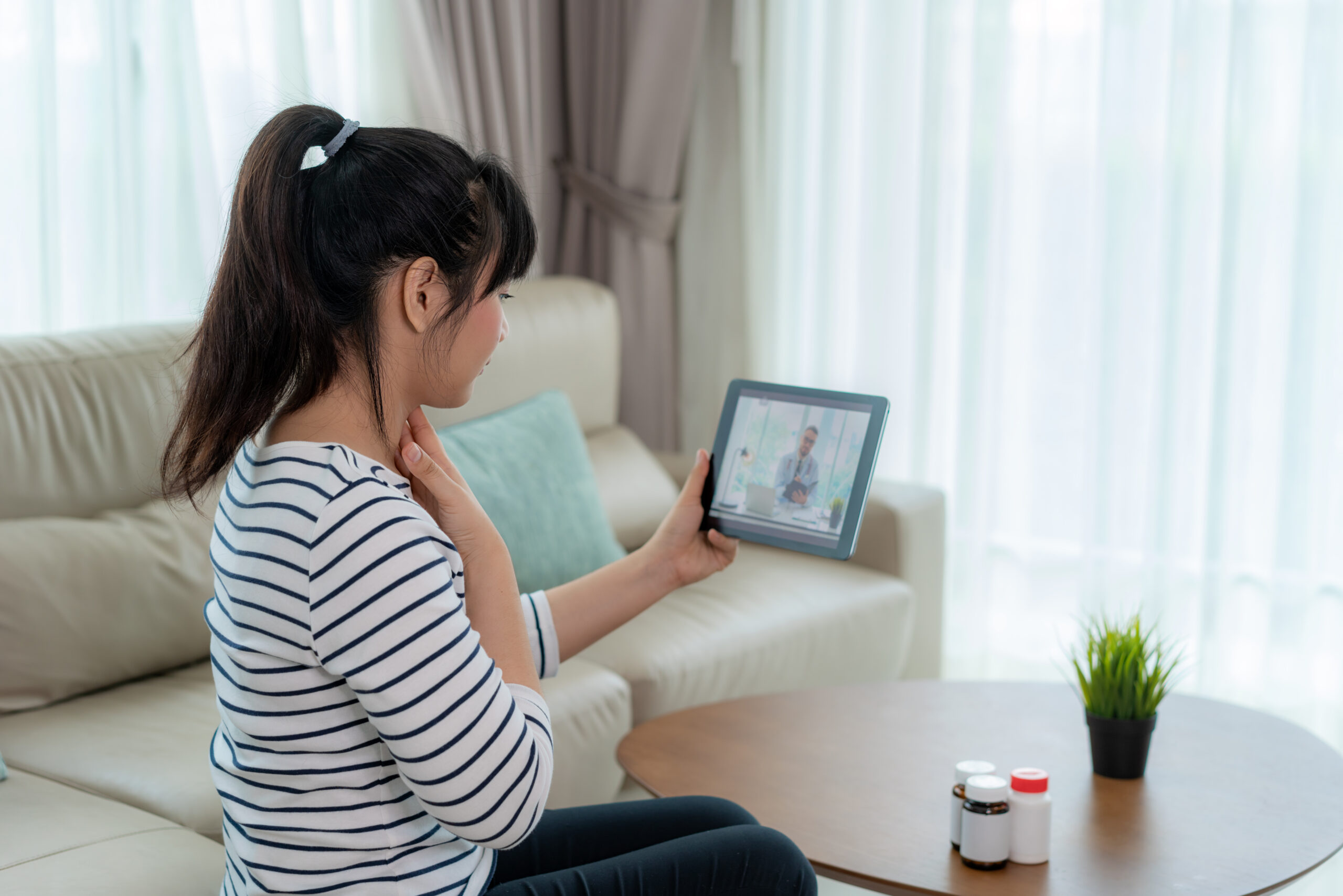
Home telemonitoring for Respiratory Patients
The below content is derived from research done using sources available on the internet. Safey Medical Devices Inc and its subsidiaries do not take any responsibility for the accuracy of the content. No medical decision should be taken on the basis of below content without consulting with your Medical Practitioner.
With healthcare technology on the rise, find out how the Safey peakflow spirometer can help patients when it comes to home care and home telemonitoring for Asthma and COPD.
Asthma and COPD are among the most common respiratory diseases in the UK. Approximately one in five people in the UK has ever developed asthma, COPD or another long-term respiratory illness. In order to help respiratory patients in the management of such conditions, home telemonitoring is fast becoming a popular emerging healthcare solution.
As a chronic disease that causes reversible narrowing of the airways due to bronchoconstriction, inflammation and mucus production. Asthma continues to be associated with significant avoidable morbidity and mortality. Self-management facilitated by a healthcare professional is important to keep symptoms controlled and to prevent exacerbations.
What is home telemonitoring?
Put simply, home telemonitoring can be defined as an “automated process used for the transmission of data on a patient’s health care status from the patient’s home to their health care settings.”
It can be used for patients living with many health conditions, but home care and home telemonitoring for asthma and COPD is becoming more utilised. The continuous rise and improvement in both telephone and internet technologies ensure patients can now measure their own lung function and asthma symptoms at home and keep the relevant healthcare professional updated as they go.
One such example of home telemonitoring is the Safey Peak Flow Meter device. As both an affordable and portable option, this device can be used alongside an app and care portal for respiratory patients to then share their medical data automatically with their medical team, via the electronic platform.
Helping to cut down on physical hospital visits, this technology can also be used to significantly reduce the need for emergency treatment for people with asthma and COPD and improve health outcomes in the long term.
What are the benefits of home telemonitoring for asthma and COPD patients?
“The monitoring of symptoms, airflow obstruction, and exacerbations is essential to asthma management” and studies show that patients who self-monitor their condition alongside the utilisation of a written asthma action plan and regular medical check-ins have fewer hospitalisations and emergency department visits.
Other studies highlight that home care and home telemonitoring of asthma and COPD can result in “the early identification of deteriorations in patient condition and symptom control.” Using a wireless device to help monitor your respiratory condition at home can be a huge advantage.
As an FDA cleared peak flow meter device as well as being HIPPA compliant, the Safey Peak Flow Meter is a handy device that can be hooked up to an online dashboard for instant, accurate information. Broken down, other benefits include:
- A convenient way for patients to measure their vitals such as PEF, VC, FVC and FEV1.
- An area for medical professionals to remotely monitor patients’ data using the handy care portal.
- The automatic analysis of data
- Unlimited patients can be monitored on one dashboard.
Estimated numbers suggest that 8 million people have been diagnosed with asthma and 1.2 million with COPD. Offering the potential to help such patients with respiratory conditions to predict exacerbations, reduce routine medical appointments and hospital visits, as well as helping to manage health conditions whenever and wherever required, it’s clear to see why the home care and home telemonitoring of asthma and COPD is on the rise.
How can I monitor my asthma at home?
The overall goal when it comes to asthma management is to both obtain and maintain control of the disease and there are several ways in which you can successfully monitor your asthma at home. We’ve broken it down into 5 essential steps:
Always ensure to have an up to date asthma action plan.
- Using a remote patient monitoring device such as the Safey Peak Flow Meter, connect your device automatically to your asthma healthcare team.
- Record your symptoms
- Record and look for any changes in your PEF– peak flow measurement – alongside other vital readings:
- Record and look for changes in your asthma symptoms, keep your doctor and medical dream team up to date automatically using the Safeyapp and care portal.
What is the role of peak flow monitoring in the self-monitoring of asthma?
A peak flow is a lung function test which essentially measures how fast you can breathe out. It is usually the first port of call when you first go to the doctors with symptoms that could be asthma but it is also crucial in the role of home care and home telemonitoring of asthma and COPD.
The Safey Peak Flow Meter is an easy way to carry out this test from home. Capable of accurately measuring a patient’s respiratory rate, heart rate and vital signs, it is an incredibly useful tool when it comes to home care and home telemonitoring for asthma and COPD.
Alongside helping to diagnose asthma, peak flow monitoring is also used in the below ways:
- To identify asthma triggers.
- To monitor your peak flow over time
- To monitor your response to a new treatment medication dosage over time
- To calculate the “trigger point” for a written asthma action plan
Statistics suggest that roughly 12.7 million people in the UK have a history of asthma, COPD or another long standing respiratory illness and that 50% of these patients report taking prescribed medication to help manage it.
The Safey peak flow spirometer is a useful portable device with an ability to increase medical adherence in patients and keep doctors in the loop in real-time with critical and accurate data. Helping to improve the lives of people with respiratory illness worldwide, it’s a crucial step in home care and home telemonitoring for Asthma and COPD. Get in touch with the team to find out more about how remote patient monitoring for asthma and COPD can benefit you today.








